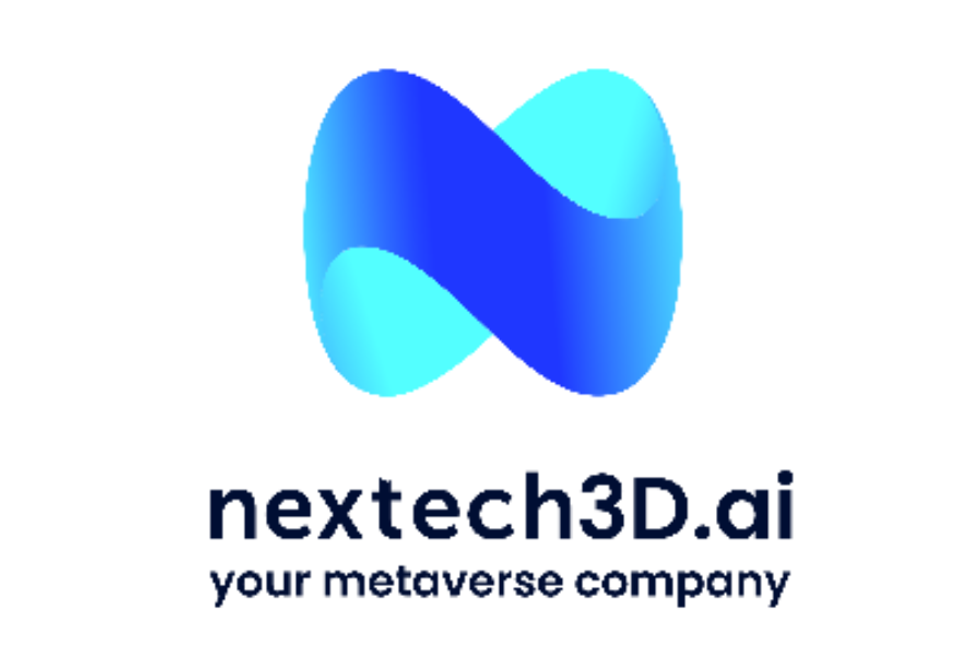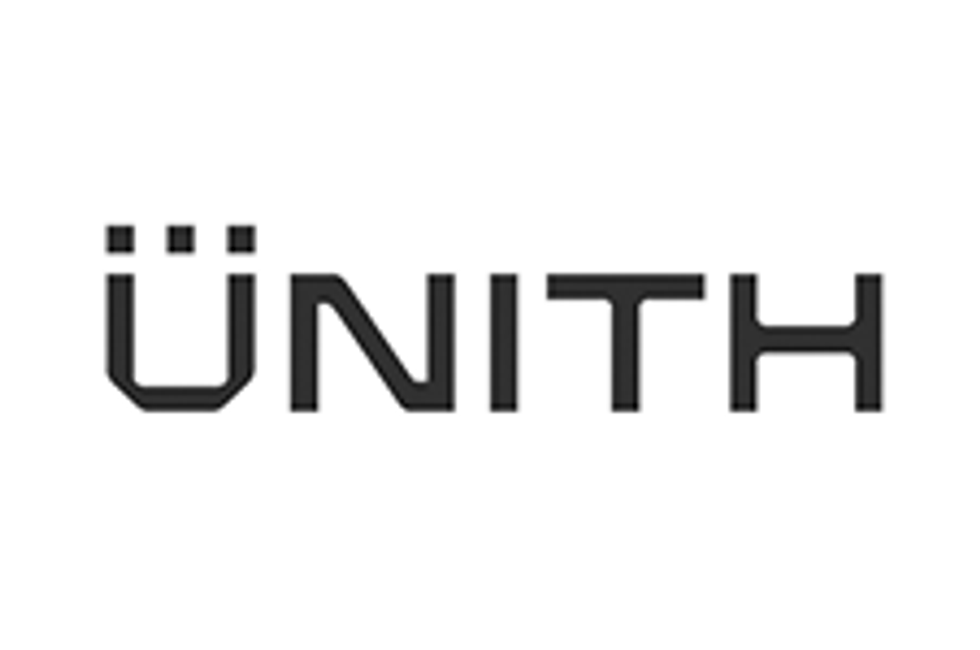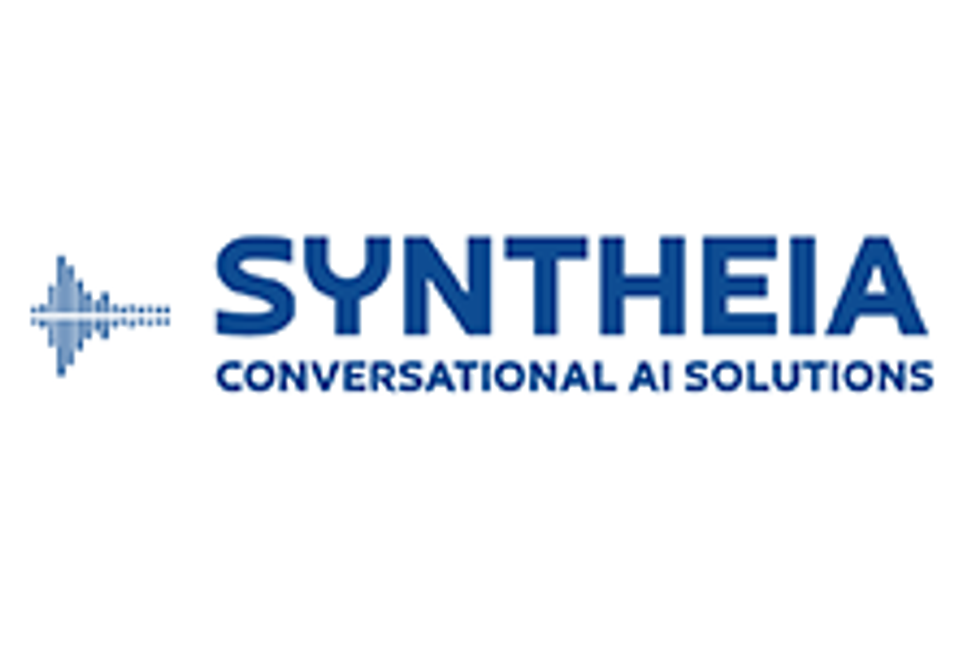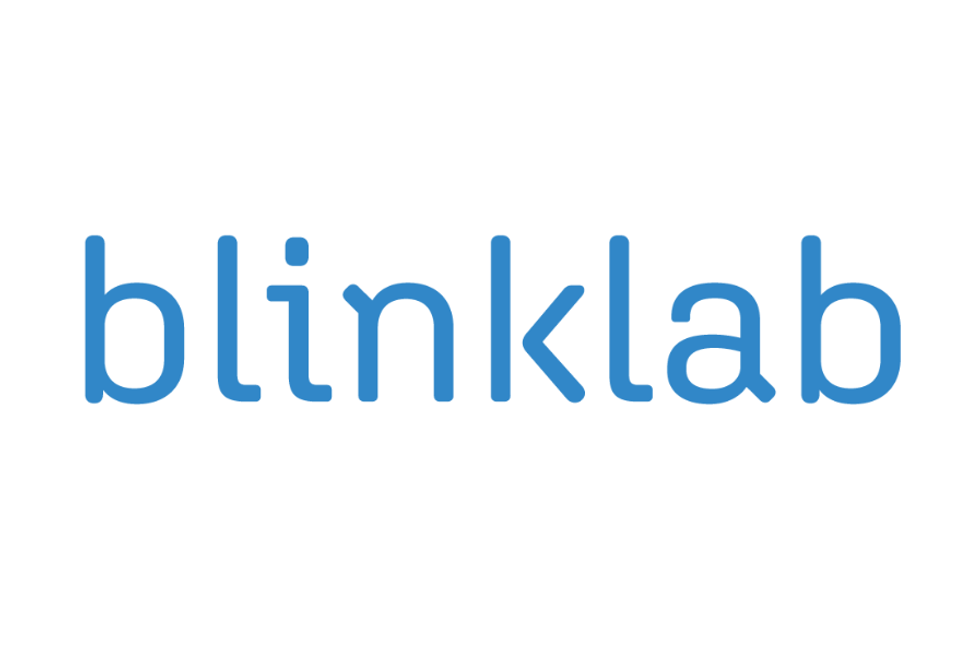
Gartner published its top five trends in AI for firms to adopt to gain a competitive advantage in the next five to 10 years.
Artificial intelligence (AI), while still in its adolescence, is accelerating at breakneck speeds.
In April, for example, researchers at North Carolina State University created a technique that reduced AI training time by as much as 60 percent. This was accomplished through applying locality sensitive hashing, a distinctive algorithm method.
Along with advancing speeds, researchers at the Flatiron Institute’s Center for Computational Astrophysics revealed that they could create an AI generated simulation of the universe. Shirley Ho, group leader of the project, said that simulations of the universe are able to run in as little as a few milliseconds.
At the enterprise level, it is clear that AI applications will provide companies with an edge in the future. Coming into sharper focus, Gartner identified its top five trends in AI that it projects will provide companies with a competitive advantage over the next decade: advanced analytics, sensor technologies, augmented human intelligence, digital systems and post-classical computing.
Here the Investing News Network takes a closer look at these five emerging artificial intelligence trends listed by Gartner and how they can be adopted into business operations.
1. Advanced Analytics
Advanced analytics is an umbrella term that includes several subsets of data analytics such as artificial intelligence, machine learning, big data and predictive analytics. At the root of advanced analytics is analyzing data in an autonomous or semi-autonomous way. More broadly, advanced analytics are used in applications that require a large amount of data.
For example, as applications such as facial recognition, natural language processing, autonomous navigation and autonomous vehicles are adopted at higher levels, advanced analytics and edge AI will be harnessed for their use.
Graphics technology and chip processing company, NVIDIA (NASDAQ:NVDA) is leveraging machine learning to provide data visualization and predictive capabilities to customers.
Similarly, there is Montreal-based Element AI, which was featured as one of the top 100 AI startups in the world, according to CB Insights. It is utilizing AI for enterprise. Element AI is a privately held business that applies AI-driven analytics for supply chain operations in manufacturing and retail sectors. The company’s mission includes helping firms get a first-mover advantage through utilizing AI, and its services include AI innovation in regulatory compliance and providing firms with tools and expertise. It has worked with clients such as National Bank of Canada (TSX:NA) and LG Canada.
2. Sensor Technologies
As the IoT industry has expanded into everything from electronics to smart cities, sensor technologies, in turn, have followed in line. Gartner describes how the marriage of AI and sensor technologies is providing machines with greater insight and versatility. In fact, the Electrochemical Society referred to AI-driven sensors as the future. The impact on both consumers and organizations is far-reaching.
For example, the University of Waterloo published a paper on developing AI-powered sensors that monitor water quality. It reported 99.9 percent detection accuracy.
There are a number of other applications of sensor technologies that firms can adopt to gain an edge, such as 3D sensing technologies, autonomous driving and drone deliveries. Lumentum (NASDAQ:LITE), a 3D sensing supplier to Apple (NASDAQ:AAPL), is one example within this field. It provides optic sensing technology to consumer electronics, such as the iPhone, in addition to automotive, defense and health industries.
Viavi Solutions (NASDAQ:VIAV) and Finisar (NASDAQ:FNSR) are other 3D sensing firms within the small field of businesses that are developing sensory AI capabilities.
3. Augmented Human Intelligence
Augmented human intelligence is defined by Gartner as technology that focuses on improving human cognitive and physical systems. Perhaps the most well-known example of this field would be Neuralink, run by Elon Musk. Neuralink is building a brain-computer interface that is designed to control computers, medical devices and others through human thought. Neuralink also has plans to connect with AI.
Other technologies that operate within augmented human intelligence are emotion AI, biochips, biotech and immersive workspaces. For example, IBM (NYSE:IBM), Apple and Google (NASDAQ:GOOG) are all already integrating emotion AI into operations. Emotion AI applies algorithms that detect human facial expressions to predict how an individual feels.
Unsurprisingly, emotion AI is not without its skeptics. The Association for Psychological Science published a study that discovered, after two years of data analysis, that it is difficult to tell a person’s feelings by a limited subset of facial expressions. Essentially, the study found that the scale of emotional expression is quite varied.
4. Digital Systems
Digital systems have the potential to disrupt supply chains across several industries. Encompassing technologies such as the decentralized internet and decentralized autonomous organizations (DAOs), the most common examples of digital systems are bitcoin and ethereum. Many cryptocurrencies fall under this category, as they operate within a decentralized system with no central authority. The potential largely exists in the ability to remove intermediaries, while building a transparent, unalterable system that can be applied in agriculture, finance and healthcare.
Where companies can utilize these trends are investing in cryptocurrencies such as ethereum and litecoin. Alternatively, bitcoin mining companies such as Hut 8 (TSXV:HUT) offer exposure to this area. Along with the cryptocurrency arena, it is possible to harness distributed system technology through IBM’s blockchain service, for example. The IBM Watson has integrated blockchain and AI since 2016.
5. Post-Classical Computing
Capping off the list is post-classical computing. As the age of classical computing reaches its final stages after 40 years, post-classical computing is introducing entirely new infrastructure that includes quantum computing. While still in its infancy, quantum computers are able to solve quantum algorithms exponentially faster than classical computers.
Gartner identifies technologies 5G, 3D printing and low-earth orbit systems that fall under this emerging segment. A number of small-cap companies that are involved in the 5G sector are Ceragon (NASDAQ:CRNT), Axon Enterprise (NASDAQ:AAXN) and Microvision (NASDAQ:MVIS).
By and large, advancements in AI show promise in providing firms with sustainable advantages, revenue acceleration and greater operational insight into the future. To learn more about automation and artificial investing, click here.
Don’t forget to follow us @INN_Technology for real-time news updates!
Securities Disclosure: I, Dorothy Neufeld, hold no direct investment interest in any company mentioned in this article.





